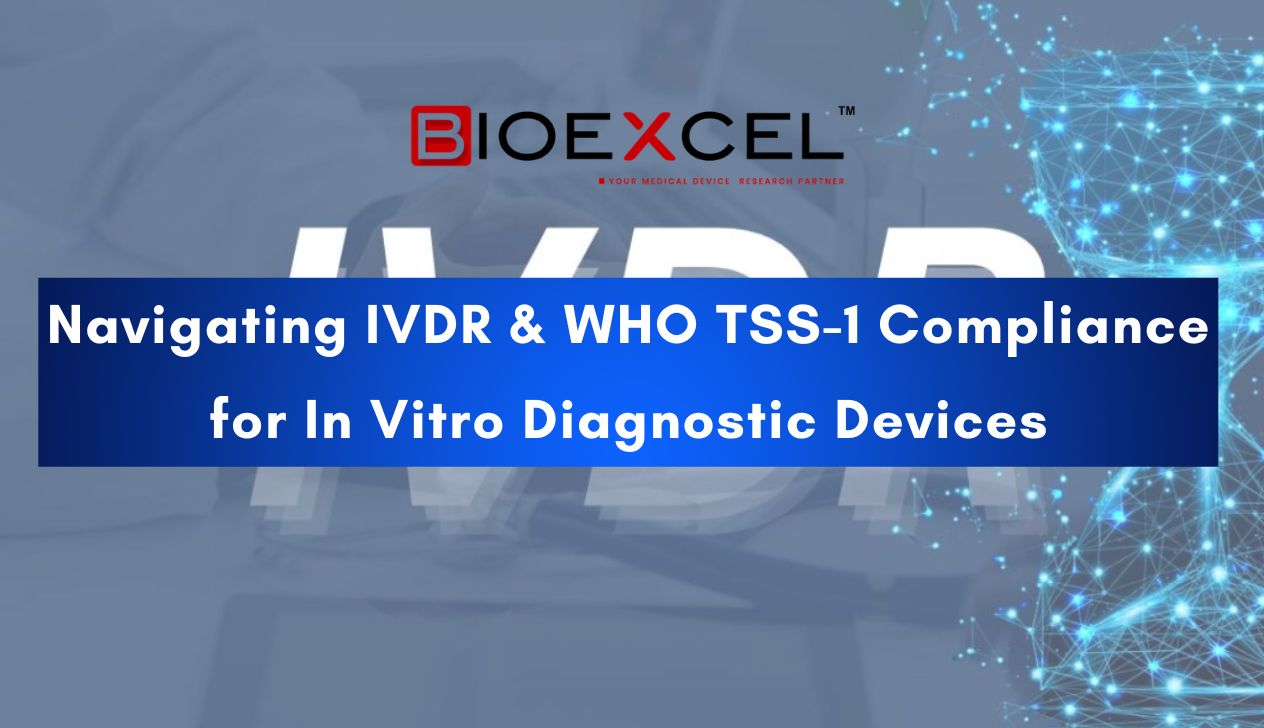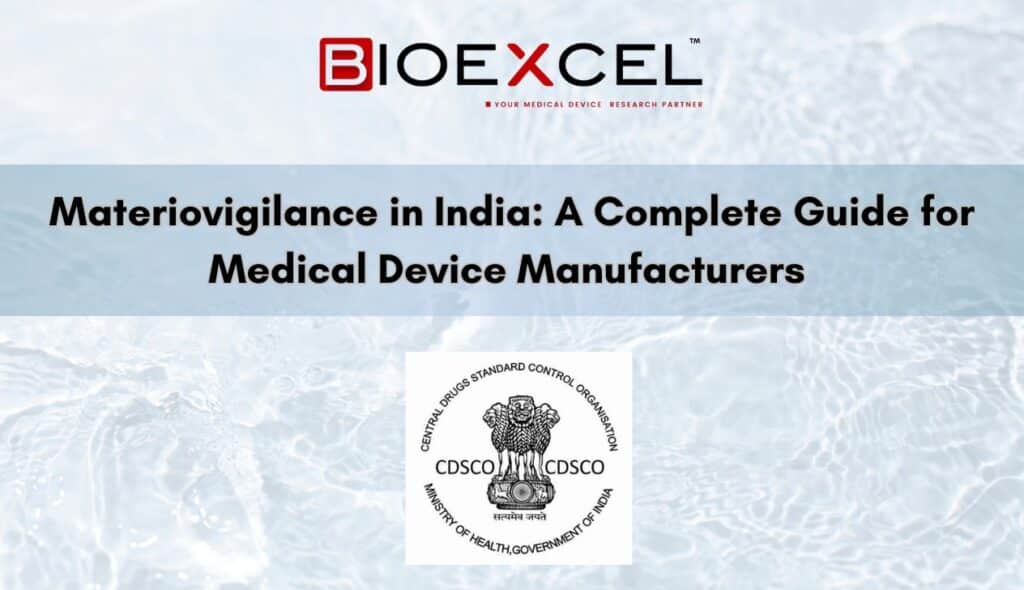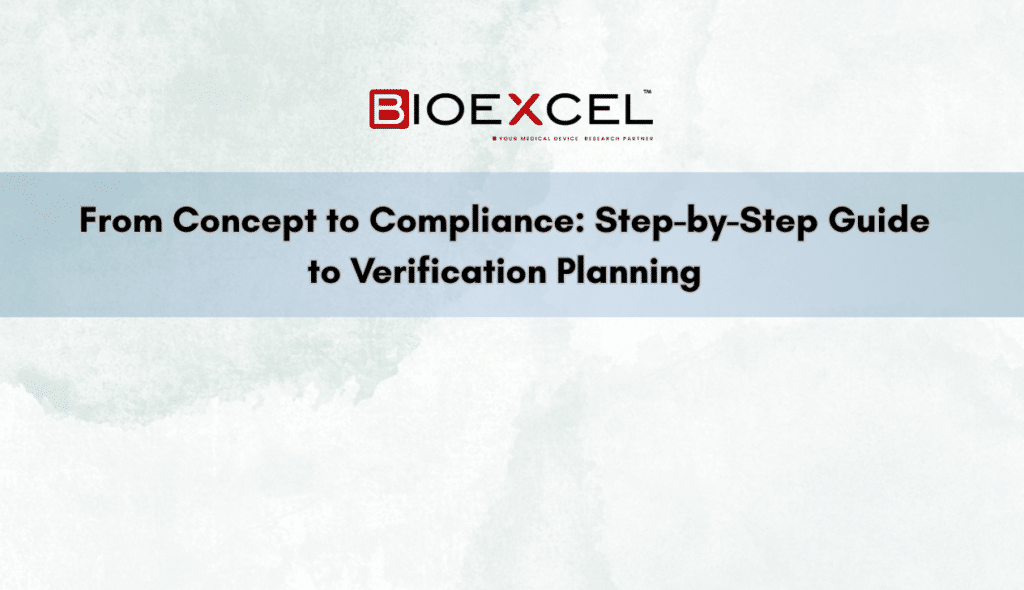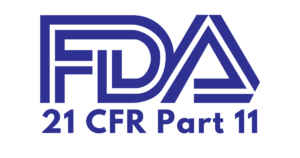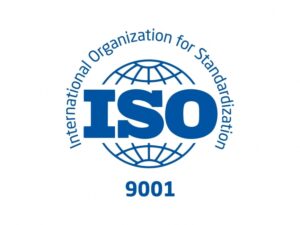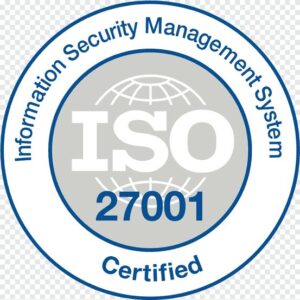Your Complete Guide to EU Market Access & Global Quality Standards
In Vitro Diagnostic Medical Devices (IVDs) are essential tools in modern healthcare — enabling disease detection, treatment monitoring, and population screening. Under Regulation (EU) 2017/746 (In Vitro Diagnostic Medical Devices Regulation, or IVDR), IVDs are defined as devices intended by the manufacturer to be used for examining specimens derived from the human body to provide information on physiological or pathological processes, congenital anomalies, predisposition to medical conditions, or to determine compatibility with potential recipients.
With stricter clinical evidence requirements, enhanced traceability, and robust post-market oversight, the IVDR ensures only safe, accurate, and reliable IVDs reach the EU market.
This blog breaks down the core IVDR requirements, device classification, transition timelines, and how these align with the WHO Technical Specifications Series 1 (TSS-1) for HIV rapid diagnostic tests. We’ll also cover key regulatory documentation and performance requirements manufacturers need to know.
Understanding IVDR: The Core Requirements
IVDR strengthens safety and performance expectations for all IVDs, introducing three core evidence pillars:
- Scientific Validity – Establishing a proven link between the analyte and the clinical condition.
- Analytical Performance – Demonstrating accuracy, precision, and reproducibility of test results.
- Clinical Performance – Proving the test’s correlation with the clinical condition in the intended population.
Additional IVDR mandates include:
- Unique Device Identification (UDI) for better traceability.
- Post-Market Surveillance (PMS) and Post-Market Performance Follow-up (PMPF) planning.
- Meeting General Safety and Performance Requirements (GSPR) to align with EU safety standards.
IVD Device Classification under IVDR
Article 47 and Annex VIII of the IVDR introduce a risk-based classification system for CE marking:
Classes:
- Class A – Low Risk
- Class B – Low-Moderate Risk
- Class C – Moderate to High Risk
- Class D – High Risk
Classification Rules (Annex VIII):
- Determined by intended use, target population, and technology employed.
Key impacts of classification:
- Defines the conformity assessment route.
- Determines Notified Body involvement.
- Sets the scope of clinical evidence & performance evaluation.
- Establishes PMS requirements.
Note:
- Class D devices face the most rigorous scrutiny, often requiring EU Reference Laboratory testing.
- Class A non-sterile devices may follow a self-declaration route.
If uncertain, manufacturers should consult an expert medical device regulatory consultancy to avoid costly delays.
IVDR Transition Timeline
The IVDR transition period was designed to allow adaptation from the In Vitro Diagnostic Directive (IVDD – Directive 98/79/EC) to the new framework.
Updated IVDR transition deadlines for legacy devices (certified/self-declared under IVDD before 26 May 2022 and meeting eligibility conditions):
| Device Class | Deadline |
| Class D | 26 May 2025 |
| Class C | 26 May 2026 |
| Class B & Class A (sterile) | 26 May 2027 |
Eligibility Conditions:
- Continued compliance with IVDD requirements.
- No significant changes in design/intended use.
- Submission of an IVDR conformity assessment application to a Notified Body with a signed contract before the deadline.
WHO TSS-1 for HIV Rapid Diagnostic Tests
For manufacturers aiming to supply HIV rapid diagnostic tests (RDTs) to global health programmes such as those led by WHO, UNICEF, or the Global Fund, compliance with the EU IVDR alone is not sufficient. These programmes often require WHO Prequalification (PQ) to verify that the test meets international performance and quality standards for use in diverse healthcare settings, including low-resource environments.
The WHO Technical Specifications Series (TSS-1) for HIV RDTs defines the minimum performance and quality requirements that professional-use and self-testing HIV RDTs must meet. These requirements ensure that devices provide reliable results across different populations, sample types, and operating conditions.
1. Intended Use
Defining the intended use is the foundation for WHO PQ compliance. Manufacturers must:
- Clearly define the device function — for example, detecting antibodies to HIV-1/HIV-2 and/or p24 antigen in human specimens.
- Specify the intended population — e.g., adults, pregnant women, high-risk groups, or the general population.
- Identify the intended setting — point-of-care clinics, community-based testing, laboratory use, or self-testing scenarios.
- State the test type — whether the device is qualitative (reactive/non-reactive), semi-quantitative (relative levels of the analyte), or quantitative (absolute measurement values).
2. Analytical Performance Characteristics
Analytical performance evaluates how the test behaves under controlled laboratory conditions, focusing on accuracy and reliability of detection.
WHO TSS-1 specifies that manufacturers must demonstrate:
- Analytical Sensitivity – the lowest detectable level of the target analyte (e.g., HIV antibodies or p24 antigen) that the test can identify with high reliability.
- Analytical Specificity – the ability to accurately detect only the intended analyte without producing false positives due to cross-reactivity with other substances, infections, or conditions.
- Precision & Reproducibility – the consistency of results when tested by:
- Different operators (inter-operator reproducibility) At different sites (inter-laboratory reproducibility)
- Across different times or test runs (inter-assay reproducibility)
- Specimen Equivalency – validation that the test produces equivalent results across different claimed specimen types such as capillary whole blood, serum, plasma, or oral fluid.
3. Clinical Performance Characteristics
Clinical performance measures how the test performs in real-world settings with the intended population. WHO TSS-1 outlines key parameters:
- Diagnostic Sensitivity – the probability that the test correctly identifies individuals with HIV (true positives).
- Diagnostic Specificity – the probability that the test correctly identifies individuals without HIV (true negatives).
- Predictive Values –
- Positive Predictive Value (PPV): likelihood that a reactive result is a true positive.
- Negative Predictive Value (NPV): likelihood that a non-reactive result is a true negative.
These values are population-dependent and must be calculated for the intended testing scenario.
- Inclusivity – ability to detect a wide range of HIV-1 and HIV-2 subtypes and groups, ensuring the test remains effective globally, even in regions with high subtype diversity.
- Exclusivity – ability to avoid false positives caused by other infections (e.g., hepatitis, syphilis, malaria) or medical conditions.
4. Usability (Specific to Self-Testing Devices)
For HIV self-tests, usability is as critical as analytical and clinical performance. WHO TSS-1 requires:
- Lay-user Performance Studies – evidence that individuals without formal training can perform the test and correctly interpret results.
- Human Factors Engineering – ensuring that test design minimises errors in handling and reading results.
- Clear Labelling & Instructions for Use (IFU) – all instructions should be:
- Written in plain language Supported by diagrams or images
- Available in relevant local languages
This ensures that self-test users can safely and correctly conduct the test and understand follow-up steps for reactive results.
In summary, WHO TSS-1 ensures HIV rapid diagnostic tests deliver reliable, reproducible, and accurate results in the field, while IVDR compliance ensures the device meets stringent EU safety and performance requirements. Together, they form the foundation for global market access and public health impact.
Key Regulatory Components Under IVDR

Below are the essential components for regulatory compliance, CE marking, and global market access.
Technical File
The technical file for in vitro diagnostic (IVD) devices comprises all the essential documents a manufacturer must submit to a Notified Body (NB) or Competent Authority (CA) for CE certification. This file includes device description, intended use, design details, risk management, performance data, and labelling. It demonstrates compliance with regulatory standards for safety, performance, and quality.
Technical Documentation
As outlined in Annexes II & III of the IVDR, technical documentation is a comprehensive record showing the device’s conformity with applicable requirements. It covers design, manufacturing processes, the General Safety and Performance Requirements (GSPR) checklist, risk management, performance evaluation, stability data, and post-market surveillance planning. It must be updated throughout the product lifecycle and made available for regulatory inspection.
Performance Evaluation
Performance evaluation involves demonstrating the scientific validity, analytical performance, and clinical performance of an IVD. Manufacturers must generate evidence—through studies, literature, and real-world data—proving the device meets safety and performance requirements. A Performance Evaluation Report (PER) must be maintained, updated, and aligned with both IVDR and applicable WHO TSS-1 standards for analytical and clinical performance.
Post-Market Surveillance (PMS)
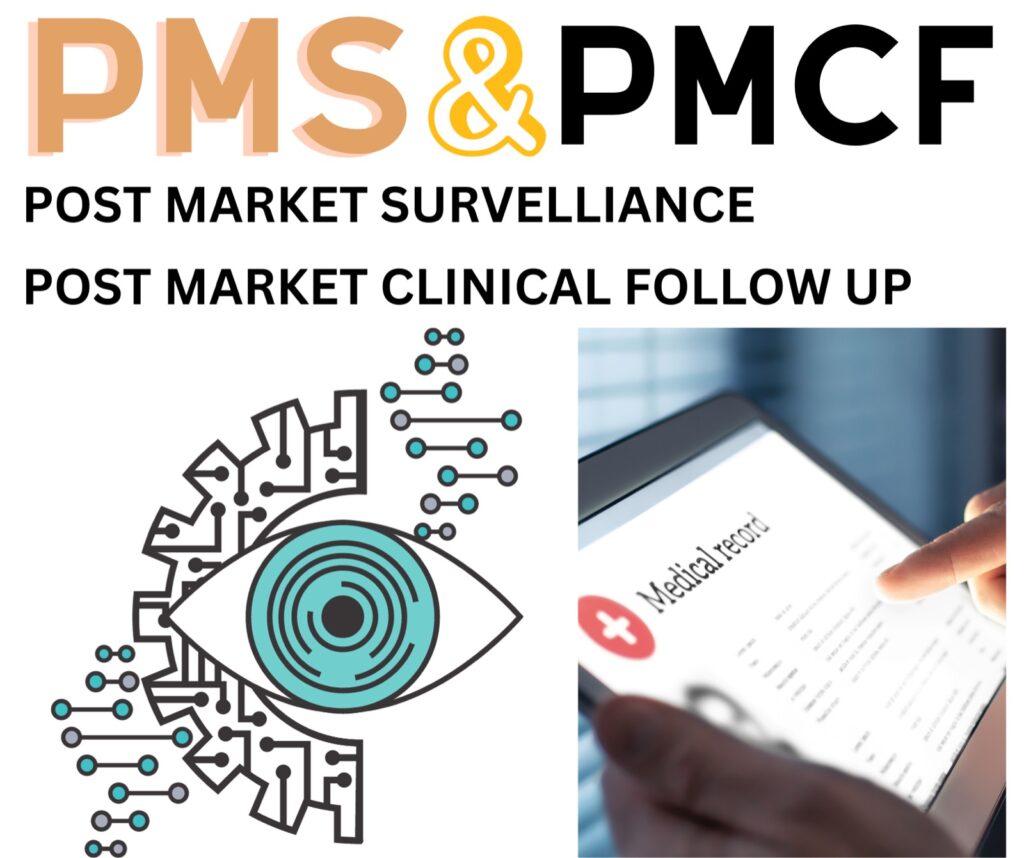
PMS is a systematic process to monitor IVD performance once it is available on the market. It includes collecting feedback, complaint data, and vigilance reports to detect emerging risks or performance issues. Manufacturers use PMS data to update technical documentation, make design improvements, and maintain compliance.
EU Representative
Non-EU manufacturers must appoint an authorised representative within the EU. This representative acts as the primary regulatory contact, ensures communication with authorities, and supports activities such as documentation maintenance, regulatory submissions, and vigilance reporting.
EUDAMED Registration
The European Database on Medical Devices (EUDAMED) is the EU’s regulatory platform for transparency and traceability. Manufacturers, authorised representatives, and importers must register in EUDAMED, providing details of their devices, UDI data, and certificates.
UDI Labelling

The Unique Device Identification (UDI) system assigns each IVD a globally unique alphanumeric code, ensuring traceability throughout the supply chain. It improves recall efficiency, facilitates regulatory oversight, and helps healthcare providers track device usage.
Performance Testing
Performance testing confirms that the IVD meets its claimed specifications. It includes analytical sensitivity and specificity testing, reproducibility, robustness, and method comparison studies. Evidence from these tests supports both CE marking and global market entry.
Quality Management System (QMS)

IVDR mandates a QMS—typically ISO 13485:2016—for all manufacturers. This ensures processes are in place for quality, safety, and effectiveness from design to post-market activities, while meeting industry and regulatory requirements.


